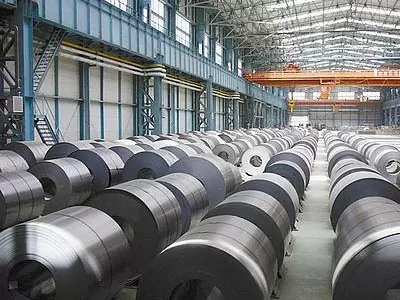
21
2024
-
06
High carbon steel, often called tool steel

High carbon steel, often referred to as tool steel, contains a carbon content ranging from 0.60% to 1.70%. It can be hardened and tempered to achieve desired properties. Steel with a carbon content of around 0.75% is commonly used for making hammers, crowbars, and similar tools, while cutting tools such as drills, taps, and reamers are typically made from steel with a carbon content of 0.90% to 1.00%.
High carbon steel is known for its high strength and is extensively used in environments that require high hardness, such as cutting, drilling, lathe, and milling applications. Medium carbon steel, on the other hand, contains a carbon content ranging from 0.25% to 0.60%. It can be classified as killed steel, semi-killed steel, boiling steel, and other variations. In addition to carbon, it may also contain a small amount of manganese (0.70% to 1.20%).
Medium carbon steel can be further categorized as ordinary carbon structural steel and high-quality carbon structural steel, based on product quality. It exhibits good thermal processing and cutting performance but has poor welding performance. Compared to low carbon steel, medium carbon steel has higher strength and hardness but lower plasticity and toughness. Hot-rolled and cold-drawn materials can be used directly without requiring heat treatment, or they can undergo heat treatment for further enhancement. Quenched and tempered medium carbon steel offers good comprehensive mechanical properties, with a maximum achievable hardness of approximately HRC55 (HB538) and a tensile strength (σb) range of 600-1100MPa. Therefore, medium carbon steel is widely used in various mechanical parts manufacturing and is the most commonly utilized medium-strength level material, apart from its applications as a building material.
Mild steel, also known as low carbon steel, contains a carbon content ranging from 0.10% to 0.30%. It is easy to process through operations like forging, welding, and cutting. Mild steel is commonly used in the fabrication of chains, rivets, bolts, shafts, and similar components.


